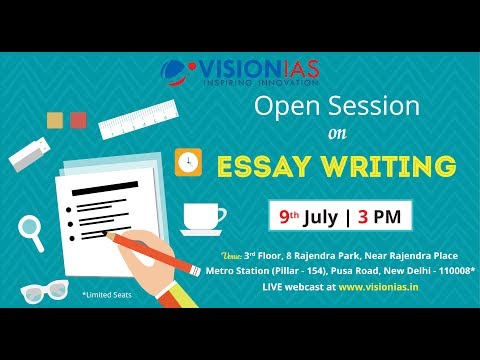Master the Art of Writing Perfect Paperwork

Mastering the art of paperwork might seem like an antiquated skill in the digital age, but it's more relevant than ever. Whether you're writing a resume, crafting a business proposal, or filling out government forms, knowing how to write perfect paperwork can be a game-changer. This detailed guide will walk you through the nuances of creating documents that not only meet but exceed expectations, ensuring clarity, efficiency, and professionalism in your written communication.
The Importance of Perfect Paperwork

Paperwork is not just about filling in boxes; it's a form of communication that represents you, your business, or your organization. Perfect paperwork can:
- Make a strong first impression
- Convey professionalism and attention to detail
- Ensure accuracy and prevent misunderstandings
- Facilitate efficient processing of applications, proposals, or claims
- Reduce the need for follow-ups or corrections
Elements of Perfect Paperwork

To master the art of writing perfect paperwork, you need to focus on the following elements:
Clarity

Ensure your paperwork is easily understandable. Here are some tips:
- Use simple, straightforward language
- Avoid jargon unless it’s industry-specific and necessary
- Provide definitions or explanations where technical terms are unavoidable
- Structure sentences and paragraphs for easy scanning
- Use bullet points or numbered lists to break down complex information
Accuracy

Double-check for errors, as mistakes can lead to rejection or delays:
- Verify spellings, especially names and addresses
- Check numbers, dates, and any quantitative information
- Ensure all required fields are filled out
- Read through several times or have someone else review for mistakes
Completeness

Missing information can invalidate your paperwork:
- Follow the instructions or guidelines provided by the issuer
- Include all required documents, signatures, and attachments
- Use checklists if available to confirm all parts are completed
Professionalism

Your documents should reflect a professional image:
- Use an appropriate and readable font
- Ensure proper alignment and formatting
- Use high-quality paper for printed documents
- Sign and date where necessary in an even, clear manner
Types of Paperwork and How to Approach Them

Resumes

A resume needs to:
- Be concise yet informative
- Focus on relevant skills and experiences
- Use keywords from the job description for ATS optimization
💡 Note: Tailor your resume for each job application to highlight the most relevant experiences and skills.
Business Proposals

When writing business proposals:
- Identify the client’s needs clearly
- Outline the scope, timeline, and deliverables explicitly
- Include case studies or testimonials to add credibility
- Have a call to action that prompts the next step
📚 Note: Use formal language and ensure every section of the proposal aligns with the client's objectives.
Government Forms

Filling out government forms requires:
- Attention to detail
- Strict adherence to instructions
- Use of official forms where available
- Consultation of sample forms or guides where available
📝 Note: Errors or omissions in government forms can lead to significant delays or denials. Always verify your work.
Practical Tips for Writing Perfect Paperwork

To ensure your paperwork is immaculate:
Understand Your Audience

- Customize the content for the recipient
- Focus on what matters most to them
- Be aware of cultural or regional differences in communication
Research and Prepare

- Research industry standards or required formats
- Prepare drafts and get feedback
Use Tools Effectively

- Leverage tools like spell checkers, grammar checkers, and document templates
- Use PDF or other secure formats for final documents to prevent tampering or corruption
Get Feedback
- Ask for peer reviews
- Consider professional proofreading services for critical documents
Final Words

Mastering the art of writing perfect paperwork isn't just about filling out forms correctly; it's about presenting yourself or your business in the best possible light. Clear, accurate, and complete paperwork can make the difference between success and failure in any formal communication or application process. Remember, your paperwork is often the first impression others have of you, so strive for excellence in every detail. By paying attention to clarity, accuracy, completeness, and professionalism, you elevate the quality of your documents and, by extension, your credibility and reliability. With the right approach, even mundane paperwork can become an art form that sets you apart.
What’s the difference between paperwork for business and personal use?
+The primary difference lies in the formality and legal implications. Business paperwork often includes legally binding contracts, proposals, and financial statements, while personal paperwork might cover applications for services, government forms, or personal records. The audience, tone, and required detail level vary significantly.
Can I use templates for writing perfect paperwork?
+Yes, templates can serve as excellent starting points for consistency, especially when dealing with standard forms or documents. However, always customize them to fit the specific context or recipient’s requirements to avoid generic impressions.
How can I make my paperwork stand out?
+To make your paperwork stand out, focus on:
- Exceptional clarity and organization
- Personalizing the content to show relevance
- Using design elements like logos, headers, and professional formatting
- Providing additional value, like insights or unique perspectives, where appropriate